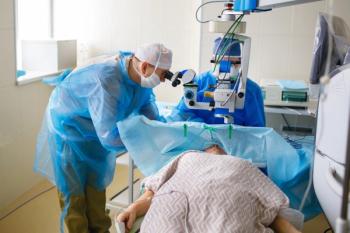
During AAO 2020, Neal H. Shorstein, MD, explains how physicians at Kaiser Permanente have a streamlined regimen using a prophylactic drop-free drug before cataract surgery for more than a decade.

During AAO 2020, Neal H. Shorstein, MD, explains how physicians at Kaiser Permanente have a streamlined regimen using a prophylactic drop-free drug before cataract surgery for more than a decade.

Bradley Smith, MD, presents at AAO 2020 on how fingolimod 0.5 mg, a first-line treatment for multiple sclerosis, may reduce both the number of relapses and disease progression in patients with relapsing-remitting MS as well as the incidence of uveitis.

A case series of 13 young patients with Charles Bonnet syndrome, which is characterised by visual hallucinations in individuals who are experiencing sight loss, showed that the patients all had inherited retinal diseases or congenital eye disorders but there was no link with visual dysfunction.
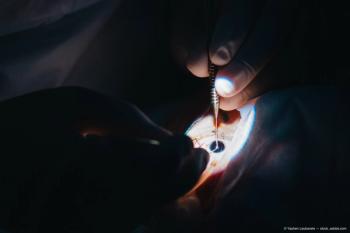
Tamer Mahmoud, MD, PhD, discusses autologous retinal transplant (ART) for macular holes, a procedure he developed, which is providing anatomic hole closure in the vast majority of cases as well as increases in visual acuity.

During AAO 2020, Kathleeen B. Digre, MD, details how a headache in conjunction with visual loss is a scenario that requires an in-depth examination, including evaluation of the visual fields, pupils, and fundus to gather clues to the diagnosis.

Amy K. Hutchinson, MD, explains that while myopia has been occurring at epidemic rates worldwide, research has found that the use of orthokeratology and multifocal contact lenses can provide clinically meaningful reductions in myopia progression.
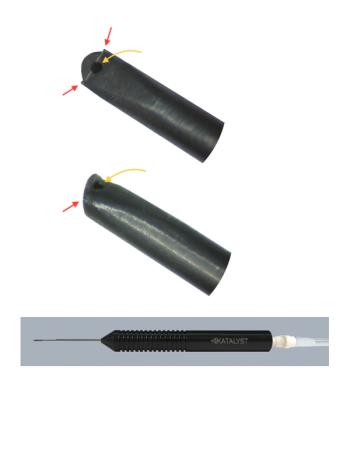
During Day 1 of AAO 2020, Carl Awh, MD, discusses the Micro-Vacuum Pick, a device for peeling internal limiting membranes that's providing vitreoretinal surgeons an alternative to forceps during surgeries.

At AAO 2020, Fernando Arevalo, MD, PhD, details the use of anti-VEGF therapy for the treatment of retinal arteriolar macroaneurysms that are near the fovea.

COVID-19 has had a significant impact on the entire global community. As we look to the future to advance the provision of eyecare excellence, opportunities for innovation must be embraced and new, patient-centric ways of managing clinical practices adopted.
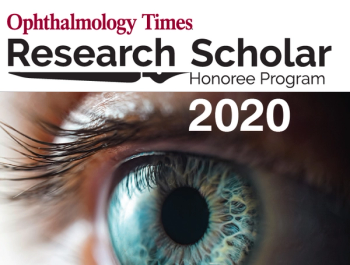
Dr Anna Stulova, fellow, Ophthalmology Department, Faculty of Medicine, Lomonosov Moscow State University, is among those recognised in this year’s program.

Dietary macular pigments, which can now be measured directly and accurately, are hugely important in optimising visual function, especially as we age.

A multifocal corneo-scleral contact lens that can correct presbyopia in irregular corneas has undergone a small pilot study. Complete visual rehabilitation was achieved along with a high degree of patient satisfaction.

To maintain treatment quality and patient and staff safety in the SARS-CoV-2 era, it is important to minimise clinic visits and maximise use of imaging modalities. In addition, extending treatment intervals with longer-acting agents is key to maximising safety and patients’ vision outcomes.

Photobiomodulation has been demonstrated to improve quality of vision in several patients suffering from dry AMD.

Novel monoclonal antibody can halt the growth of abnormal blood vessels

The possibility of taking precise measurements of total corneal astigmatism enable more patients to be spectacle-free following cataract surgery.
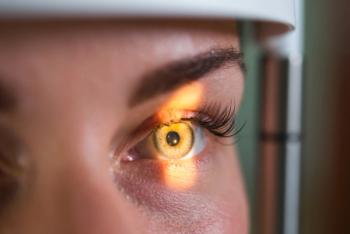
Clinicians and surgeons should be aware of the misleading use of the EDOF concept. The authors herein propose an alternative terminology and that lenses which have combined optical designs are referred to as ‘hybrid IOLs’.
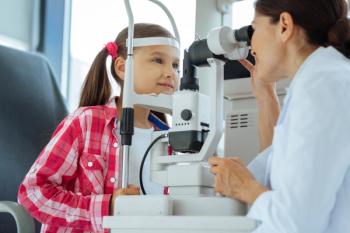
A new amblyopia screening system that can be used on Android devices has performed better than some of the ‘gold standard’ stereotests in recent Hungarian studies.

SS-OCT provides a clear view of the eye’s internal structures and any abnormalities, helping to differentiate benign from malignant lesions.
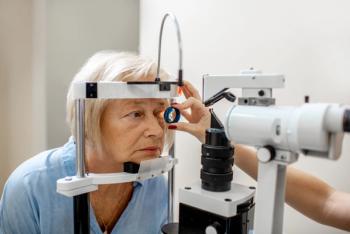
Gonioscopy may offer a reasonable and cost-effective method to evaluate the function of the trabecular micro-bypass device post-implantation and it could help in adjusting the therapy after the surgery.

Organisation is kicking off a flagship initiative as it views mental health as a key public health concern in the WHO European region, where more than 110 million people are living with some type of mental health issue.


With its higher costs, FLACS failed to provide an additional benefit over phacoemulsification for patients or in healthcare settings, despite its advanced capabilities.
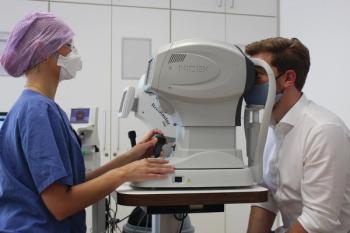
Until we have a vaccine and see a reduction of COVID-19 cases down to zero, we must adjust and take every precaution possibly to protect our staff, as well as our patients.

Recent international ophthalmic congresses have featured advocates for and against the need for complete fluid resolution when treating nAMD, with some ophthalmologists arguing for a zero-tolerance approach to the presence of fluid, and others claiming some residual fluid can be tolerated and may be helpful in some patients.

The work of several eminent scientists since the 1900s has paved the way to modern laser technology, and in turn, provided the diverse ophthalmic applications available today.


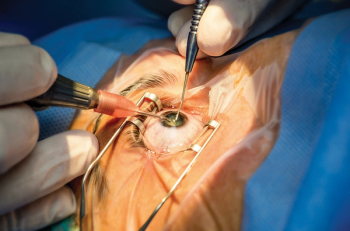
The one-piece, small-aperture IOL IC-8 was found in a retrospective comparative review of studies to enhance vision at all distances, with improved visual acuities and a broad range of continuous functional vision.

A UK health data research hub containing vast numbers of fundus and OCT images opens the door to improved screening and diagnoses of eye diseases and even ‘oculomic’ services for systemic health.